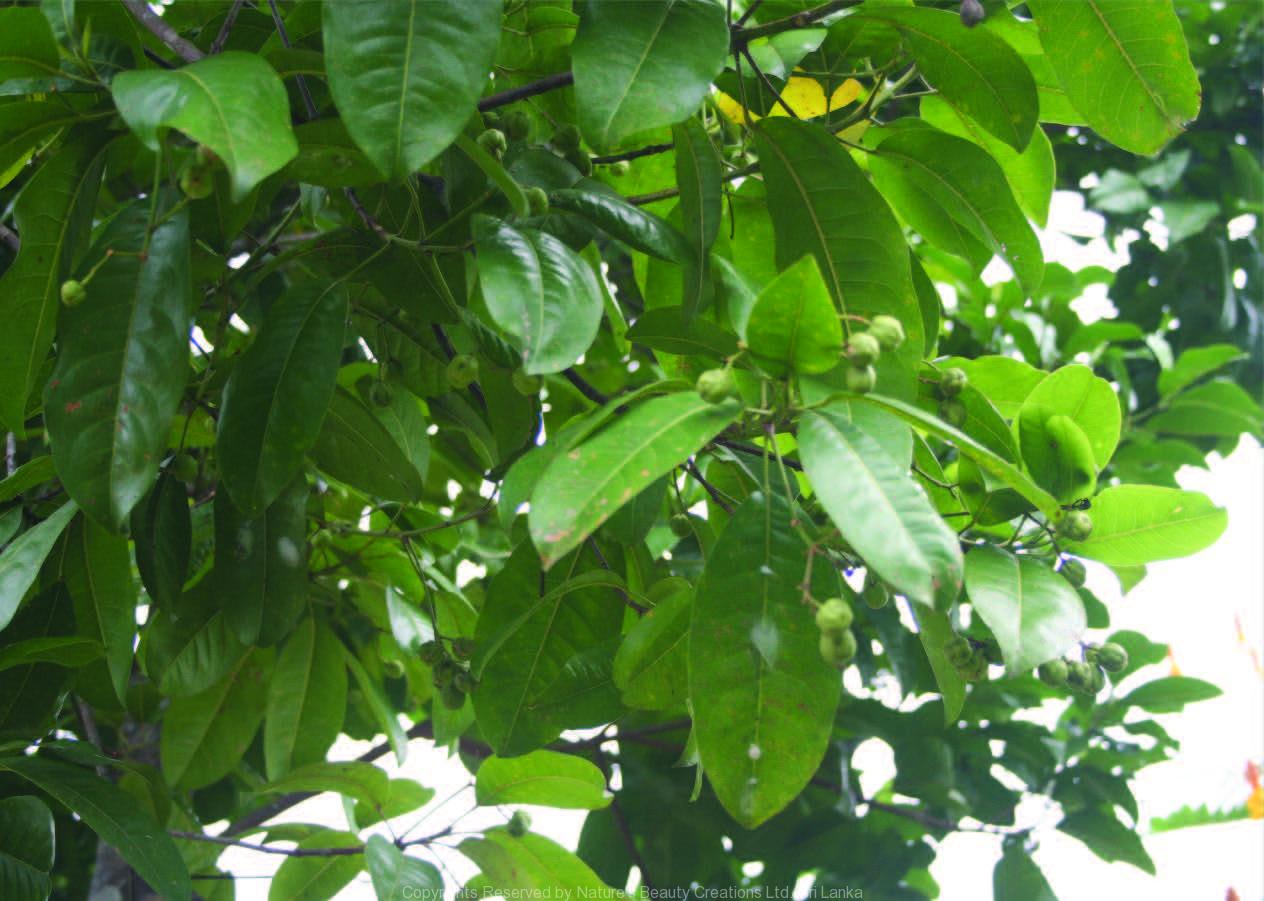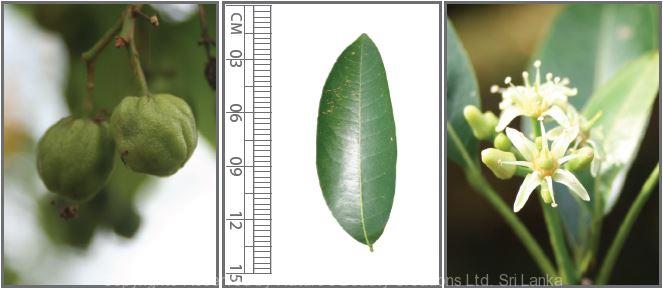

Traditional Knowledge
Useful plant parts :
Leaf and bark
Uses in traditional medicine :
- Crushed leaves are applied on pimples
- Paste prepared from bark powder is applied on swellings
- Acts as a purgative and a tonic for scabies
- Used in fractures, sores and ulcers
Scientific Research
Chemical constituents:
Alkaloid: kokusaginine from leaves and evolitrine from timber; aryl ketone: acrovestenol from bark; acetophenones: acronyculatins A–E, acropyrone, acropyrand A and B, acrovestone, acrofolione A and B, acronyline and furoquninoline alkaloids from root and stem bark; terpenes: α-pinene and (E)-β-caryophyllene from essential oil of aerial parts
Bioactivity :
Acrovestenol: anti-inflammatory; acrovestone: cytotoxic; essential oil of aerial parts: antimicrobial
Clinical:
References : De Silva, L. B. et al., (1979), Kokusaginine and evolitrine from Acronychia pedunculata, Phytochemisry, 1(8), 1255-1256. Kouloura, E. et al., (2012), Cytotoxic prenylated acetophenone dimers from Acronychia pedunculata, J Nat Prod, 75(7), 1270-6. Lesueur, D. et al., (2008), Composition and antimicrobial activity of the essential oil of Acronychia pedunculata (L.) Miq. from Vietnam, Natural Product Research, 22(5), 393-398. Pathmasiri, W. et al., (2005), Aryl Ketones from Acronychia pedunculata with Cyclooxygenase-2 inhibitory effects, Chemistry and Biodiversity, 2, 462-469. Su, C. R. et al., (2003), Acetophenone Derivatives from Acronychia pedunculata, Journal of Natural Products, 66, 990-993. Wu, T. S. et al., (1989), X-ray crystal structure of acrovestone, a cytotoxic principle from Acronychia pedunculata, Journal of Natural Products, 52(6), 1284-1289.
Copyrights Reserved By
Natures Beauty Creations



